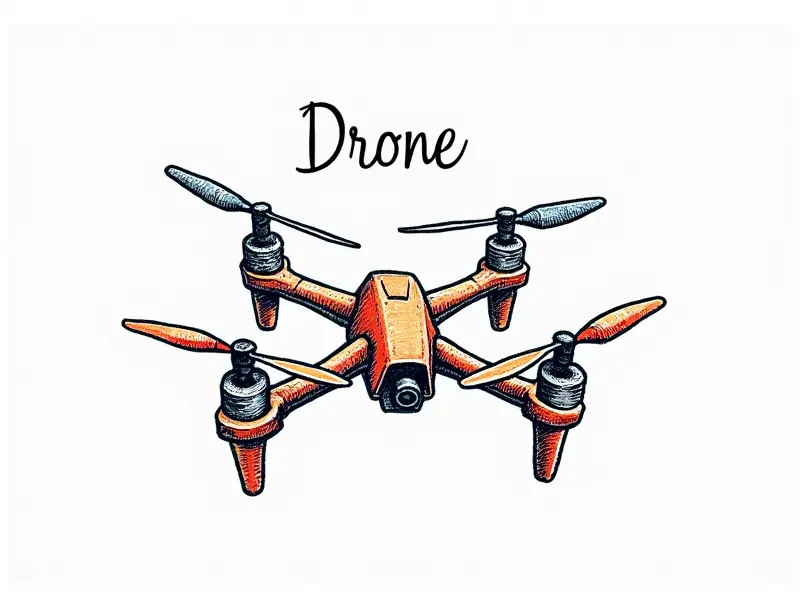Homemade quadcopter tips

Top Tips for Building Your First Quadcopter
Welcome to the exciting world of building your own quadcopters! Whether you're a seasoned RC enthusiast or just starting out, creating your first homemade quadcopter can be both challenging and rewarding. This guide will walk you through essential tips and best practices to ensure your build is successful.
DIY Quadcopter Build Guide
Building a DIY quadcopter involves several key steps that require careful planning and execution. Here’s a comprehensive guide to help you get started:
- Selecting Components: Choose the right motors, ESCs (Electronic Speed Controllers), frame, battery, and flight controller.
- Assembly: Assemble your quadcopter by mounting the motors, connecting the ESCs to the flight controller, and securing the power distribution board.
- Wiring: Properly wire all components to ensure a stable connection and efficient power delivery.
Essential Tools for Homemade Quadcopters
To build your quadcopter effectively, you’ll need the right tools. Here are some must-haves:
- Screwdrivers: Phillips and flathead screwdrivers.
- Cutters: Wire cutters and strippers.
- Multimeter: To test electrical connections.
- Hot Glue Gun: For securing wires and components.
Best Practices for Building RC Quadcopters
Adhering to best practices is crucial for a successful build. Here are some tips:
- Proper Wiring: Ensure all connections are tight and secure.
- Balanced Battery: Use balanced batteries to maintain optimal performance.
- Tuning: Calibrate your ESCs and flight controller for smooth operation.
Step-by-Step Homemade Quadcopter Tutorial
Follow these steps to build your quadcopter from scratch:
- Frame Assembly: Start by assembling the frame using screws and nuts.
- Motor Mounting: Attach motors securely to the frame.
- ESC Connection: Connect ESCs to the flight controller and power distribution board.
- Battery Installation: Install your battery in a safe, secure location.
Insider Tips for First-Time Quadcopter Builders
Here are some insider tips from experienced builders:
- Start Small: Begin with a smaller quadcopter to gain experience and confidence.
- Test Components Individually: Test each component separately before assembly.
- Read Documentation: Thoroughly read manuals and guides for your components.
DIY Quadcopter: From Idea to Flight
Moving from concept to flight requires careful planning. Here’s how you can do it:
- Idea Generation: Brainstorm ideas and sketch out your design.
- Component Selection: Choose the right components based on your design.
- Assembly: Follow a step-by-step assembly guide to build your quadcopter.
- Testing: Conduct thorough testing before flying outdoors.
Beginner's Guide to Making Quadcopters
This beginner’s guide covers everything you need to know about building a quadcopter:
- Understanding Components: Learn about motors, ESCs, flight controllers, and more.
- Assembly Techniques: Master the art of assembling your quadcopter.
- Troubleshooting: Identify common issues and learn how to fix them.
Craftsmanship in Homemade Drones
The craftsmanship involved in building a homemade drone is both an art and a science. Here’s what it entails:
- Attention to Detail: Pay close attention to every component and connection.
- Innovation: Experiment with new designs and materials to enhance performance.
- Aesthetic Appeal: Create a visually appealing design that stands out.
Innovative DIY Quadcopter Designs
Innovating your quadcopter design can set it apart from the crowd. Consider these ideas:
- Sleek Frame Design: Opt for a lightweight, aerodynamic frame.
- Custom Propellers: Use custom-designed propellers for better performance.
- Advanced Electronics: Incorporate advanced electronics like GPS and FPV (First Person View) systems.
Building a Custom Quadcopter Guide
To build a custom quadcopter, follow these steps:
- Conceptualize Your Design: Sketch out your vision and plan the components needed.
- Select Components: Choose high-quality parts that meet your design requirements.
- Assembly: Assemble your quadcopter with precision and care.
- Tuning and Testing: Fine-tune the performance through rigorous testing.
Conclusion
Building a homemade quadcopter is an exhilarating journey that combines creativity, technical skill, and passion. By following these tips and guides, you’ll be well on your way to creating a custom-built drone that performs flawlessly in the sky. Whether you’re a beginner or an experienced builder, there’s always room for innovation and improvement in this exciting hobby.

